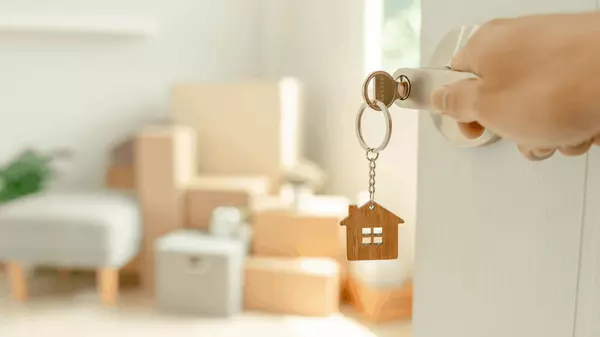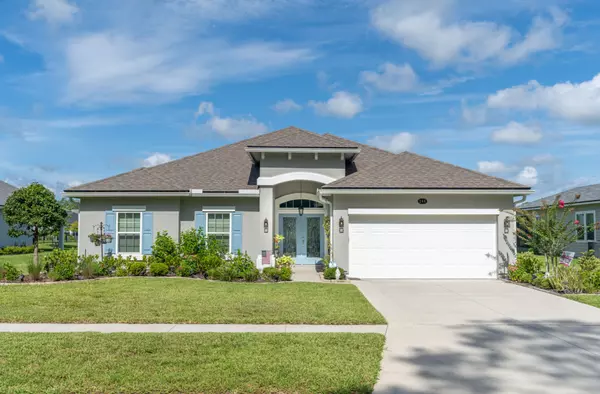Buying a Home May Help Shield You From Inflation in St. Augustine, FL
This blog highlights how owning a home protects you against inflation.

Staging Your Home to Sell Quickly in St. Augustine, FL
Staging is one of the most powerful tools for selling your home fast in St. Augustine’s competitive market. Effective staging draws buyers in and encourages offers by helping buyers envision themselves in the space. Here, we’ll walk you through proven staging tips that boost appeal and help homes i

Cost of Living in St. Augustine, FL: What to Expect
St. Augustine, Florida, is a city where history meets beachside beauty, creating a lifestyle that appeals to locals and newcomers. However, understanding the cost of living here is essential for planning a move. This article covers key expenses—such as housing, utilities, groceries, healthcare, and

What Are the Best Lawn Care Tips for Florida Homeowners?
For Florida homeowners, a lush, green lawn isn’t just about aesthetics—it’s a way of life. With year-round sunshine, humidity, and heavy seasonal rain, maintaining a healthy lawn here requires specific care. The following tips are designed to help your Florida lawn thrive all year, allowing you to
Categories
Recent Posts











